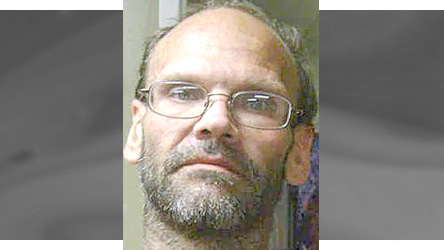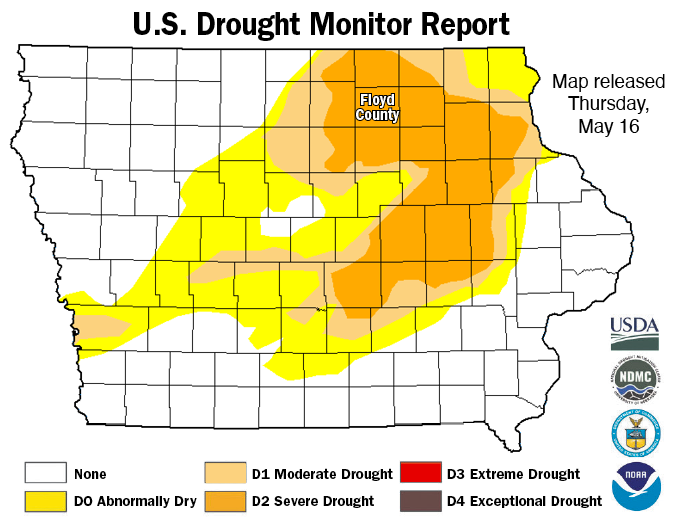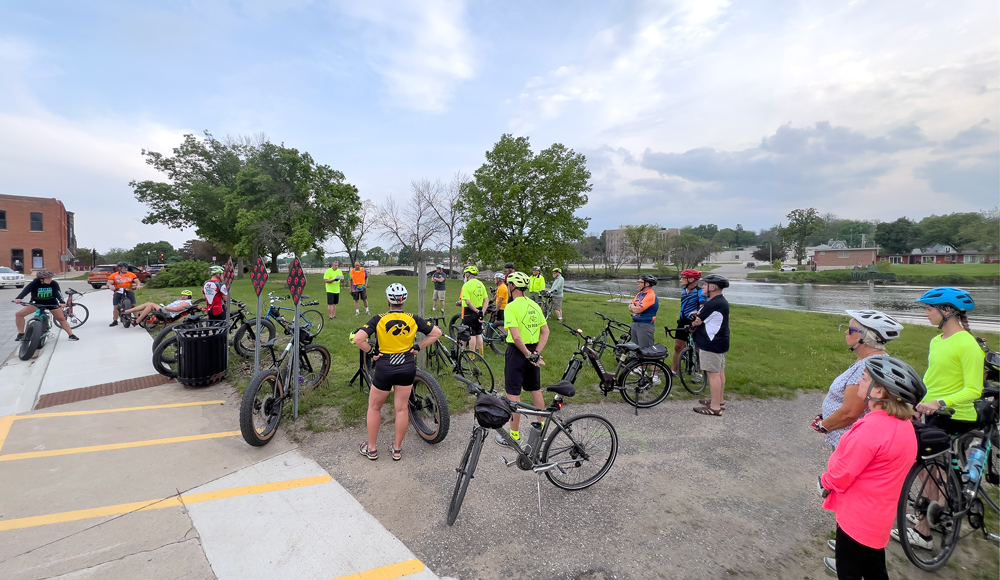Floyd County advisory board discussion: Which ambulance service should be dispatched?
By Bob Steenson, bsteenson@charlescitypress.com
Dispatching an ambulance to an emergency can be a balancing act of knowing which service is available, what skills will likely be needed, and how long it will take that service to arrive.
It can also involve who’s paying to provide the service.
It’s an issue that the Floyd County Communications Advisory Board members spent some time discussing at the group’s meeting Thursday evening, Aug. 3. The board, which advises Floyd County emergency dispatching service, agreed to gather more information before recommending any changes in ambulance dispatch guidelines for the county.
Randy Heitz, the chair of the board and a member of the Floyd County Medical Center Board of Trustees, and Keith Starr, a Charles City Council member and member of the advisory board, both said that since Charles City and Floyd County – and this year the medical center – are subsidizing ambulance services by AMR, then those services should be available and used across the county.
John Gohr, the Floyd County Communications Center director, said currently if a dispatcher gets an emergency call from the Nora Springs area in the west side of the county, the Nora Springs Volunteer Ambulance Service and the Nora Springs Volunteer Fire Department will be dispatched, and then the Mason City Fire Department Ambulance will be called.
The reason Mason City is called, Gohr said, is in case Nora Springs would call to say the volunteer department doesn’t have a crew available.
“Then we still know there’s a unit coming,” he said.
Gohr and others at the meeting said that the Mason City service has said it doesn’t want to be a backup service for Floyd County, and it has proposed charging the county $500 per call – in addition to any charges to the patient for service – for any call into Floyd County, regardless of whether they end up transporting anyone or not.
Some of the advisory board members wondered if Mason City should be called at all if AMR is available, since AMR is being paid to serve the whole county.
Dave Luett, service director of the Nora Springs Volunteer Ambulance Service and a county advisory board member, said some of the reason Mason City Fire Dept. Ambulance doesn’t want to go outside Cerro Gordo County has to do with recent changes in state law that make it easier for counties to declare emergency medical services (EMS) as an essential service, and ask voters permission to levy taxes to support it.
The Mason City service “kind of thinks things should be handled within the counties,” he said.
Dennis Keifer, a Floyd County supervisor and member of the advisory board, said there’s some question of whether a $500 charge would be legal without an agreement authorizing it, and Floyd County Auditor Gloria Carr said any agreement that involved the county paying money would need to be approved by the Board of Supervisors.
The group discussed that Greene Ambulance Service also comes into Floyd County, in the southern part of the county around Greene.
Heitz asked what it would take to have AMR dispatched to all calls in Floyd County.
Gohr said, “As far as the dispatch standpoint, we just need to be told that we’re going to page AMR throughout the whole county.”
If that decision is made, then Mason City or other services would only be called if all of AMR’s crews were already tied up and didn’t have a crew available, “because we’re going to get somebody there no matter what,” Gohr said.
“We need something on paper if we are told to do it a certain way, because someone will ask why we did it that way,” he said, adding that ultimately he reports to the county Board of Supervisors.
Gohr said they used Google Maps to estimate response times between the Mason City Fire Department and downtown Nora Springs and between the Charles City Fire Department and downtown Nora Springs, and it was a difference of five to seven minutes faster from Mason City, but that was based on stopping at traffic signals and stop signs and driving the speed limit.
“You know me, I want to get help wherever help is wanted,” Gohr said. “Maybe five-six-seven minutes isn’t a huge thing, but I would think in a cardiac situation that would be huge.”
Gohr also said it’s often difficult to know how serious a situation is. When people call they are often frantic and just want to know an ambulance is on the way, he said. Dispatchers try to get information about what has happened, especially if the person is experiencing chest pains, possibly having a stroke, is breathing or not and conscious or not.
“But you start asking them more than two or three questions you’re going to get cussed at, you’re going to get swore at,” he said. Their concern is “I just want an ambulance there.”
The board didn’t come to any decisions regarding recommended service changes, but agreed that certain members of the advisory board will get more information from the various groups involved, including the Mason City Fire Department Ambulance.








Social Share